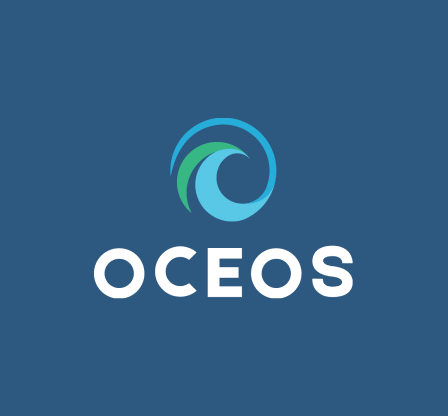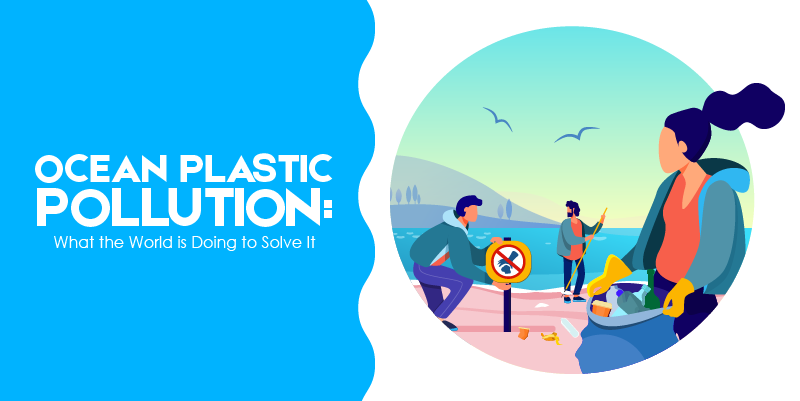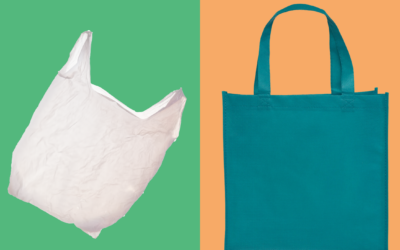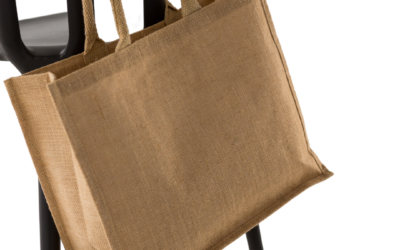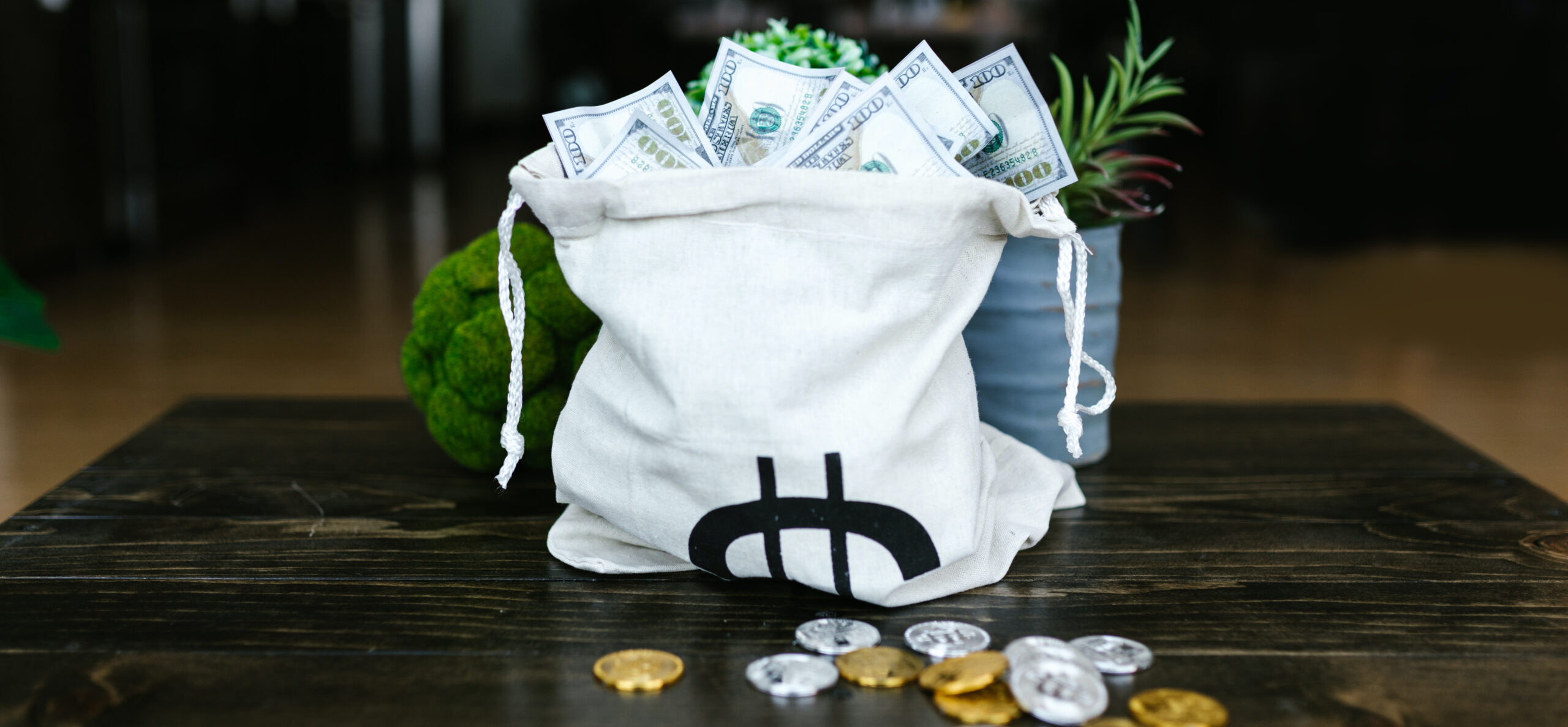Ocean Plastic Pollution
Oceans are necessary for a wide range of human needs and activities. They are responsible for the air you breathe, serve as a top food source, generate employment, and help regulate the climate. They’re also home to an innumerable number of species, making for a diverse life on Earth.
However, the future looks bleak as experts predict there will be more plastic in the seas than fish by 2050. With plastic waste filling bodies of water year after year, the number of macro and microplastics in the world’s oceans has already reached 5.25 trillion, which weigh up to 269,000 tons. Reportedly, 1 ton of plastic produces up to 2.5 tons of carbon dioxide.
All hope is not lost, though. Many organizations are working with governments across the globe to clean up the oceans and reverse plastic pollution. These collective efforts are part of a social responsibility to safeguard one of the most vital natural resources on the planet against further decline. More and more businesses are also committing to sustainable practices in their day-to-day operations.
Spreading global awareness about ocean plastic pollution is a vital mission. As a step in that direction, this infographic will give you a bird’s-eye view of the state of the oceans and trace the common causes of plastic pollution that endanger marine life. It will also highlight global corrective measures and your role in ensuring that nature and humans live in harmony moving forward.

What is Ocean Plastic Pollution?
The term refers to the tons of plastic that end up every year in the water—from the shorelines and surface waters to seafloors and the deepest points of the world’s major oceans.
With so much plastic in the ocean, it’s inevitable for a wide range of problems to crop up. These include compromising the health of the marine environment and its inhabitants. Fishes, turtles, seabirds, and whales are in danger, even coral reefs, as they can get entangled in plastic debris.
Floating plastics in the ocean likewise transport poisonous algae, plants, animals, and other invasive species that threaten marine biodiversity and ecological balance.
Humans are also not spared since plastic contaminants can be transferred from marine wildlife to seafood sold in ports, markets, and commercial establishments. In addition, plastic pollution can trigger climate change, causing sea levels to rise and compromising the safety and livelihood in coastal areas.
Last but not least, plastic wastes in the oceans diminish the beauty of beaches frequently visited by tourists. This can lead to fewer job opportunities in the tourism industry due to decreased activities.
Ocean Plastic Pollution: General Facts and Statistics
Plastic has various uses in everyday life. Its versatility, affordability, and durability make it ideal in several industries, including packaging, building and construction, textile, consumer products, and electronics, to mention a few.
Unfortunately, the ubiquitous use of plastic for various applications has brought about ocean plastic pollution. The statistics demonstrate the vast extent of ocean plastic pollution in the world.
- Plastic is the predominant type of litter in the ocean, with at least 14 million tons finding their way into the oceans every year.
- Around 70% of plastic debris sinks to the bottom of the ocean, making them hard to retrieve. Budget constraints and the microscopic size of plastic waste are among the things to consider in implementing cleanup drives.
- The so-called Great Pacific Garbage Patch, located between Hawaii and California, has the largest collection of ocean trash, spanning more than 600,000 square miles. Small to large plastic objects like straws, bottles, and fishing gear muddle the waters of the North Pacific Ocean. Asia, North America, and South America lie around the Pacific Rim.
- There is no plastic-free beach anywhere globally, with approximately 5,000 caps, bags, bottles, and other plastic items littering every square mile.
How Does Plastic Get into the Ocean?
Plastic debris comes from a multitude of sources, from litter droppings at the beach to sewerage systems and landfills near coastal locations. Winds and currents then carry these across seas, oceans, and other bodies of water. Here are other interesting facts to help you visualize how plastic gets into the ocean.
- Land-based sources, such as litter discarded around towns or cities, account for 80% of plastic pollution. From land, it gets transported to the oceans via rivers and coastlines. The remaining 20% comes from abandoned vessels, fishing activities, and overloaded shipping containers.
- Plastic debris also finds its way into the oceans through urban and stormwater runoffs, sewer overflows, and industrial and construction activities. It’s also possible that open landfills leak plastic wastes into surrounding areas.
- It only takes 10 small rivers to produce 50%–90% of the world’s ocean plastic pollution. These rivers are found in the Philippines, Malaysia, and India.
- Asia accounts for 81% of global plastic waste emitted to the oceans. Factors like huge populations, crowded cities, climate, and terrain all play a role in the accumulation of ocean plastic pollution.
- Non-biodegradable plastics break into tiny pieces that may be less than 5 mm particles (microplastics) or less than 100 nm particles (nano plastics). Because of their minute size, marine creatures accidentally ingest these particles.
Ocean Plastic Pollution Effect on Animals
Ocean plastic pollution threatens thousands of marine life and the ecosystems that support it. Here are significant numbers about ocean plastic pollution and its effects on animals.
- Choking on plastic or getting entangled in fishing nets has happened to 78% of marine mammals like whales, dolphins, and seals. These incidents cause approximately 100 million deaths yearly.
- The number of seabird species exposed to plastic ingestion may increase from 60% to 90% by 2050. Many seabirds die from starvation because, despite their large stomach, plastic ingestion forces them to reduce their meal size.
- In California, plastic microfibers are the most common type of microplastic pollution that causes intestinal injury in 25% of fish.
- Plastic pollution, coupled with warming temperatures, has killed half of all coral reefs in the last 30 years. Fewer coral reefs mean a decrease in the availability of shelter and nutrients for marine animals.
- Research varies, but it’s estimated that 50% to 100% of sea turtles have ingested plastic. Plastic pollution also affects their ability to reproduce, which can potentially compromise biodiversity in the oceans.
Global Initiatives Against Marine Litter
Ocean plastic pollution is a global crisis. As such, it necessitates collective acts in preventing, eliminating, and managing plastic waste in the oceans. Fortunately, the whole world is stepping up through various programs.
- GloLitter Partnerships Project
Working under the wings of the International Maritime Organization (IMO) and the Food and Agriculture Organization (FAO) of the United Nations, the GloLitter Partnerships Project gathers 30 lead and partner countries across Asia, Africa, the Caribbean, Latin America, and the Pacific.
The group envisions a future with low-plastic litter through a comprehensive policy and action plan, as lead countries provide technical assistance and training to partner countries on solving marine plastic litter. - The Ocean Cleanup
This non-profit, privately funded organization aims to clean up the 1,000 most polluting rivers worldwide and intercept any more plastic from entering the oceans using technologies that range from floating barriers to conveyor belts and solar-powered machines. - New Plastics Economy Global Commitment
In this global movement, governments and business organizations partner with the Ellen MacArthur Foundation and the UN Environment Programme to systematically reduce the volume of plastics in the oceans.
Using the circular economy as its framework, the partnership aims to cut the demand for plastic through sustainable packaging and improved waste collection and management practices. - Single-Use Plastic Ban
Phasing out single-use plastics is a common goal for major cities and countries like San Diego, Seattle, Washington, D.C., Canada, and Peru. People and businesses in these areas are now banned from carrying non-reusable, non-biodegradable plastic items to help combat environmental problems, including ocean plastic pollution.
What You Can Do to Help
Small steps done at homes and in communities can produce positive, impactful results in keeping plastic out of the oceans. That means you, too, can make a difference in giving the world’s oceans a new lease of life with these actions.
- Say no to single-use plastics, whether they’re straws, cups, bottles, or containers. These disposable items don’t decompose but break down into particles that pollute the Earth and its waters. One of the easiest ways to reduce your plastic waste is by using a reusable shopping bag when you go to the grocery.
- Reduce, reuse, and recycle. These three R’s slash the amount of waste you produce or throw away, which eventually winds up in the oceans.
- Join ocean or beach cleanup drives. Beach-cleaning events can be done with your family and friends. Simply look for foundations that work with your community or state in organizing this worthwhile activity.
- Sign local and national petitions on plastic bans. This show of support can encourage businesses and governments to introduce necessary measures in managing the crisis.
- Be a volunteer in plastic pollution awareness campaigns. You can help stop ocean plastic pollution by participating in marine research programs, educating people on how to recycle, or speaking at local community events. There are many ways you can be a volunteer!
- Utilize reusable or compostable packaging. Consumers and manufacturers alike have the power to initiate positive social change by supporting eco-friendly products, leading to better planet sustainability.
We Are in This Together
Ocean plastic pollution is a pressing problem that needs urgent attention and action from everyone— governments, corporations, communities, and individuals. If everyone does their share, they can create a ripple effect that can save the oceans and everything in them from the perils of plastic pollution.
The world’s oceans have been doing us a great favor. Now, it’s time to give back. As a manufacturer, you can start by switching to sustainable packaging like reusable grocery bags for bulk shoppers as a cost-effective alternative to unwanted large-scale plastic production.
